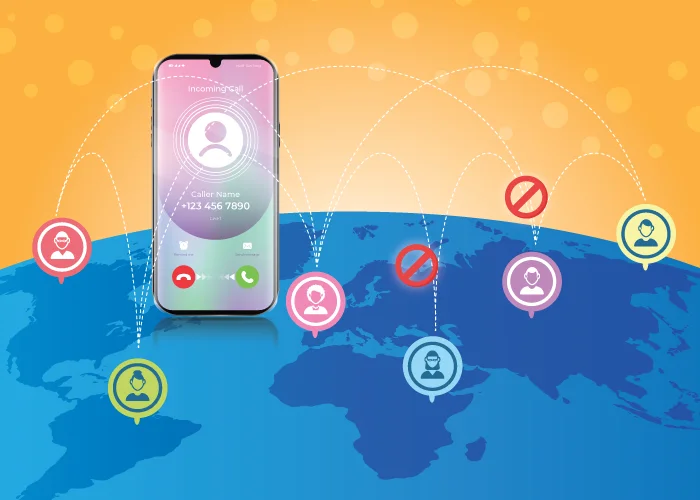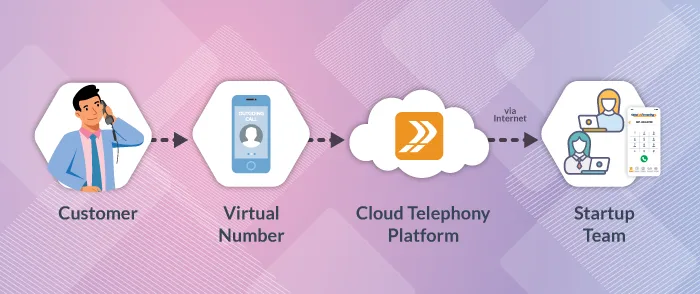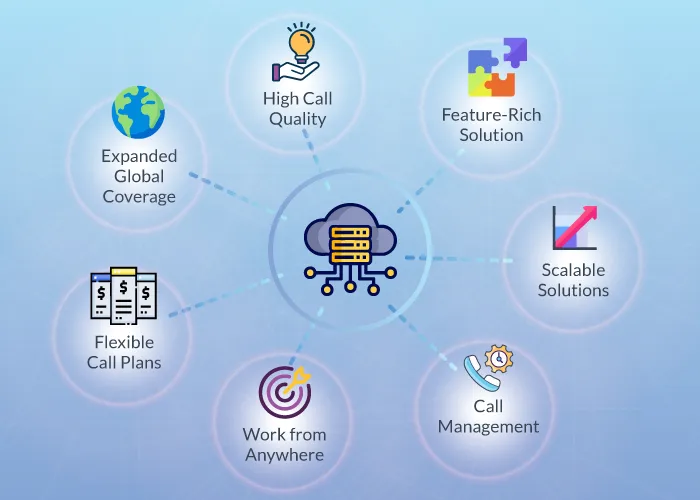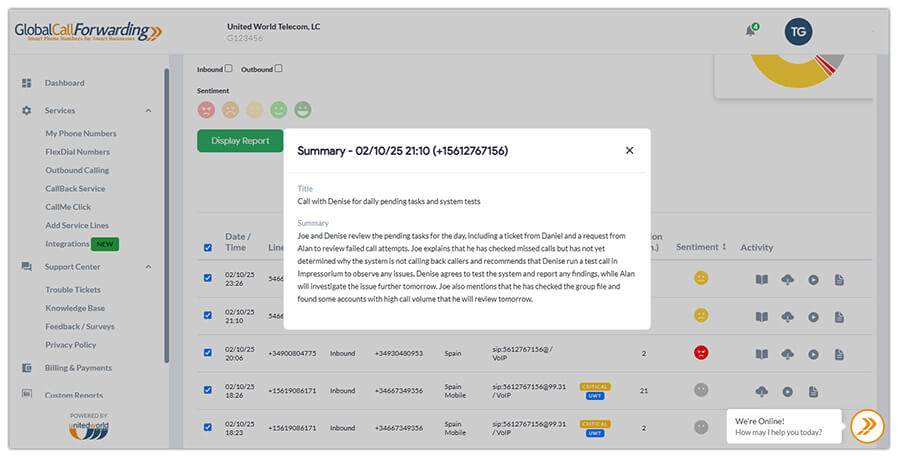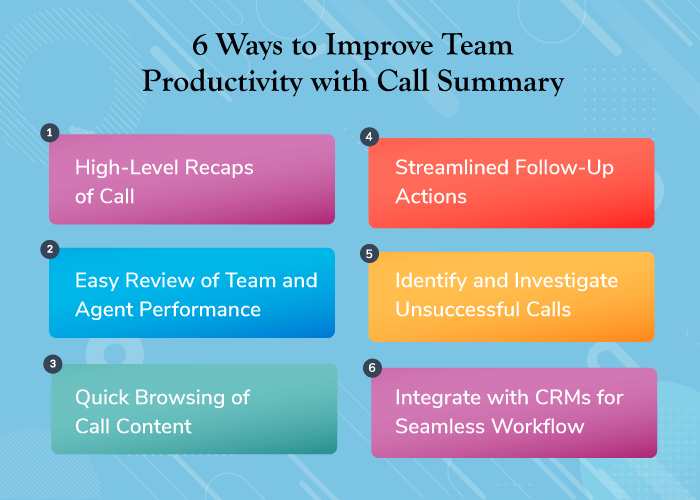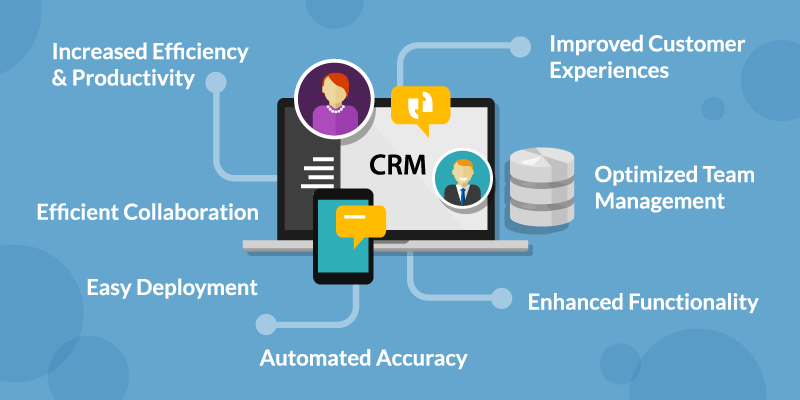Europe is tightening regulations around in-country caller IDs, especially when domestic numbers appear on calls that originate from outside the country. For years, global businesses used this method to boost answer rates and create a familiar, local experience for global customers. A call made from outside Europe could appear with a German, French, or UK number, helping businesses improve call pickup rates.
But the same technique has also been widely abused. Bad actors have used domestic-looking caller IDs to impersonate banks, government agencies, and trusted brands, often routing calls through international VoIP networks. This has weakened public confidence and forced regulators across Europe to enforce new regulations and reduce caller ID spoofing.
New measures, including Do-Not-Originate (DNO) registries, national CLI blocking rules, and stronger authentication requirements, are now in force, with more countries preparing additional restrictions. These changes directly affect multinational sales, support, and operations teams that rely on trusted caller ID and consistent call delivery across Europe.
In this article, we will walk you through:
- What “in-country caller ID via international routes” actually means
- Why European regulators are restricting it now
- Which markets are enforcing new measures and which are likely next
- How these changes impact global sales, support, and IT teams
- Practical ways to stay compliant without sacrificing call deliverability
What is In-Country Caller ID via International Routes?
In-country caller ID via international routes refers to a call that originates from outside a European country but displays a local caller ID from that European country.
For example, an agent in the US calls a customer in Berlin, and the call arrives showing a German number instead of the agent’s US number, even though the call entered Germany through an international route.
Businesses have used this method to:
- Call internationally with a local number
- Improve answer rates for international calls
- Present a familiar national prefix
- Build trust without needing a physical office within European countries
From the customer’s perspective, the call looks local. For the network perspective, however, the call is international traffic presenting a domestic number. And that’s where the issue begins.
However, global businesses can still maintain a local presence simply by using compliant, locally terminated calling. Solutions like Local 2-Way Voice numbers help businesses stay aligned with European rules while preserving the trusted local identity their customers expect. More on this below.
Why Europe is Cracking Down – Regulatory Drivers
As fraud increased, European carriers began treating domestic numbers displayed on international routes as non-compliant or potentially spoofed. This has triggered tighter enforcement from national regulators such as Ofcom (UK), ARCEP (France), and BNetzA (Germany).
Many now treat any domestic CLI arriving over international routes as high-risk unless it can be verified.
The result: tighter filtering, caller ID suppression, outright blocking, or added surcharges.
Here’s a deeper look at the reasons behind this European telecom enforcement:
1. Increasing CLI Spoofing and Fraud Risk
Caller ID spoofing has become one of the most common fraud techniques in Europe. Bad actors often change their caller ID to look like a trusted national number when calling from abroad. Unfortunately, a large share of spoofed calls comes through international VoIP routes, hence regulators are focusing enforcement there.
2. Consumer Protection and Trust in Telecom Services
As spoofed domestic numbers can easily mislead people, national regulators across Europe are introducing stricter verification rules to protect the public. Regulators in Belgium, the Czech Republic, Ireland, Malta, and Sweden introduced strict rules in 2024, requiring carriers to block international calls that present local caller IDs unless fully verified.
3. Market Integrity and Fair Competition
Allowing unrestricted use of domestic numbers on international routes undermines fair competition and encourages misuse. A few countries have adopted DNO registries, listing phone numbers that must never be used for outbound calls to prevent spoofing. France has taken an additional step by implementing STIR/SHAKEN to authenticate caller IDs for VoIP calls using fixed national numbers. These measures ensure that domestic CLIs are used only through legitimate, compliant routes.

Key European Markets & Measures to Watch
Many countries have already implemented blocking rules, and others are moving in the same direction. Some countries actively block non-verified domestic CLIs on international calls, others suppress the caller ID, and several impose financial disincentives rather than outright bans.
For instance, driven by ECC Recommendation (23)03, European regulators are now requiring carriers to block or suppress national E.164 numbers when calls originate abroad unless they are fully verified.
What’s consistent is the direction of travel: domestic caller ID must align with domestic origination—or be properly verified.
For global businesses, understanding why your calls are being blocked, which countries already enforce these rules, and which are preparing new measures, is essential to prevent call failures, blocking, or unexpected surcharges across Europe.
Below is a breakdown of markets already impacted, those with upcoming crackdowns, and countries expected to follow next.
Note: We’ll list all resources below for additional reading.
1. Countries Where Roll-Out Happened Recently
These European markets already enforce restrictions on incoming international calls that display a national CLI:
- United Kingdom: The regulator Ofcom now requires operators to block international calls displaying a UK number (CLI), except in limited, legitimate cases like roaming or properly verified UK-origin calls.
- Belgium: Under the 2024 spoofing Royal Decree of BIPT, international calls using a Belgian number that terminate in Belgium must be blocked.
- Czech Republic: The Czech Telecommunication Office (CTU) has introduced new measures restricting the use of Czech CLIs on international routes. The CTU also adopted anti-spoofing rules in July 2024. Any call showing a Czech number must originate on national networks; international calls attempting to present a Czech CLI are blocked.
- Malta: Malta also has new blocking measures for incoming international calls, with a national CLI entered into force in 2024.
- France: France implemented STIR/SHAKEN for voice calls using national fixed numbers in October 2024, enhancing the authentication of domestic CLIs and reducing the risk of spoofed in-country caller IDs entering the network.
2. Countries Where It May Happen Soon
Europe-wide research shows that many regulators are preparing additional anti-spoofing measures. Because new rules must be notified to the Body of European Regulators for Electronic Communications (BEREC), more national policies are expected in the coming years:
- Italy: In May 2025, Italy’s telecom regulator, AGCOM, approved a new regulation to block international spoofing calls from abroad. Foreign number calls presenting an Italian caller ID must be blocked. Any call from an Italian number to another Italian number must pass through national routes.
- Finland: A major operator, Elisa Oyj, developed and deployed a technical solution to block CLI spoofing in Nov 2025, supported by decisions from the national regulator Traficom. Finnish authorities have increased monitoring of spoofing and are considering EU-aligned measures requiring stricter CLI verification on inbound international traffic.
- Spain: In February 2025, Spain introduced rules requiring operators to block calls and messages showing a Spanish caller ID if the traffic originates abroad or uses an unauthorized CLI.
- Romania: National regulator ANCOM in Romania has ordered operators to block international calls that falsely show certain national numbers, effective July 2025.
- Poland: Poland introduced new rules in October 2024 requiring operators to add technology that monitors traffic and blocks suspicious calls within the next 6 to 12 months. Calls between Polish numbers must remain on Polish national networks; foreign-origin calls showing a Polish CLI are blocked.
3. Other European Countries to Monitor
Even where full blocking is not yet enforced, carriers in countries like Germany, Austria, Portugal, and others are deploying advanced filtering and anti-fraud systems. Calls that previously connected may now experience inconsistent delivery or an altered caller ID.
Any European country that has not yet imposed strict blocks is likely to do so in the near future, as this is a regional directive stemming from the European Conference of Postal and Telecommunications Administrations (CEPT).
For example, Germany is under the same pressure from both EU guidance and local fraud risk to protect their citizens. Bundesnetzagentur put into force new rules to prevent number spoofing in Germany. Austria and Portugal are taking steps to address rising phone fraud as well. Portugal has noted a rise in number spoofing, while Austrian operators like A1 are implementing advanced anti-fraud technologies.
Growing Trend: Surcharges Instead of Full Blocking
Europe is becoming much stricter about using local caller IDs on calls that come from outside the country. If regulators are not fully blocking these calls, they are adding high extra charges to discourage the practice. Effective 1 July 2025, several European countries have introduced surcharges on domestic fixed CLIs delivered over international routes, including Greece, Denmark, Cyprus, Bulgaria, Hungary, Slovakia, and Lithuania.
These surcharges don’t ban local CLIs but make it too expensive to send a domestic caller ID over international routes, which pushes businesses to use proper local routing instead.
For global teams, this makes local termination and Local 2-Way Voice increasingly essential. By terminating calls inside the country using local routes and verified local outbound calling numbers, businesses can avoid surcharges, maintain proper caller ID display, and stay fully aligned with emerging European regulations.
What This Means for Global Sales, Support & Operations Teams
The European crackdown on in-country CLI via international routes is not just a compliance issue; it also affects revenue and customer experience. Global teams need to adjust their global voice strategies.
- For Sales and Support Teams
Teams that rely on caller ID management to improve answer rates may experience more blocked or incomplete calls as European carriers filter non-verified CLIs. Blocking of non-compliant calls directly leads to failed customer contacts and lower connection rates. Agents spend more time re-dialing or dealing with frustrated customers. Using verified local numbers and compliant termination routes becomes essential to maintaining reliable outreach. - For Operations and IT Teams
IT and operations teams now face complex compliance burdens. Relying on carriers that utilize non-compliant international routes introduces sudden service outages and unpredictable blocking. The long-term stability of the voice service is compromised, requiring immediate vendor evaluation. IT teams also need clearer visibility into routing paths and the ability to adapt quickly as new restrictions take effect. - For VoIP and Global Providers
The shift away from domestic CLI over international routes requires providers to update their service models. This includes expanding access to local outbound calling, strengthening CLI verification processes, and ensuring termination complies with country-level rules. Providers that can deliver legitimate local presence with regulatory alignment will become the preferred choice for global businesses navigating Europe’s evolving voice landscape.
How to Stay Compliant and Competitive
As more European countries enforce rules around in-country caller ID, global businesses need a compliance-focused approach to maintain call deliverability and customer trust. The goal is to ensure that outbound calls to Europe follow national regulations, present accurate caller identity, and use routes that carriers will accept. Here is an actionable framework for decision-makers:
- Choose a Provider With Regional and Regulatory Expertise
Working with a global telephony provider that understands European voice regulations is essential. This includes telephony partners that use verified routing, comply with national numbering rules, and have visibility into how each country handles domestic caller ID on international traffic. - Use Local Termination Numbers (Local 2-Way Voice)
As more countries block domestic CLIs on international routes, businesses must use a true local presence. The Local 2-Way Voice solution from Global Call Forwarding provides legitimate local outbound calling in many European markets, allowing your teams to display a verified local phone number while maintaining compliance. - Verify and Test Caller ID Regularly
Test how your caller ID displays across major European networks. This ensures your outbound calls use the correct number format and remain compliant as carriers update their filtering rules. - Monitor Regulations and Adapt Quickly
European CLI rules continue to evolve. Staying compliant requires proactive monitoring and the ability to adjust routing as new restrictions appear. Providers who track regulatory compliance changes can help prevent sudden call failures.
Questions Decision-Makers Should Consider
- What number formats am I using for outbound calls in Europe?
- Are any domestic CLIs being presented over international routes?
- Is my provider using verified, compliant termination routes?
- Do I have visibility into call blocking or failure rates by country?
- What is my plan if a country enforces new CLI blocking tomorrow?
How Can Global Call Forwarding Help?
Europe’s call authentication rules are changing fast, and businesses that rely on domestic caller ID over international routes must adapt. Instead of risking blocked calls or rising surcharges, international companies across IT, tech, SaaS, and other industries need compliant local solutions that maintain trust and deliverability.
With decades of experience in global voice services, Global Call Forwarding monitors regulatory updates across Europe and adjusts global voice solutions to protect call quality and compliance. We help international teams stay ahead of these changes.
We bring to you compliant local phone numbers, verified outbound caller ID, and Local 2-Way Voice, which enables true local presence calling in many European markets. This ensures your caller ID displays correctly, your calls follow national regulations, and your teams maintain consistent reachability across Europe.
To strengthen your European voice infrastructure and ensure your CLI practices meet evolving regulations, contact Global Call Forwarding. Our team is here to help you stay compliant, reliable, and competitive in every European market you serve.
- https://www.ofcom.org.uk/siteassets/resources/documents/phones-telecoms-and-internet/information-for-industry/scams/calling-line-identification-cli-authentication-assessment-and-future-roadmap
- https://www.bipt.be/operators/telecommunications/consumer-protection/royal-decree-on-spoofing
- https://ctu.gov.cz/en/press-release%3A-first-anti-spoofing-measures-force-1-june
- https://www.mca.org.mt/node/8289
- https://www.telecompaper.com/news/italian-operators-ordered-to-block-international-spoofing-calls–1536967
- https://www.prnewswire.co.uk/news-releases/finnish-innovation-stops-scam-calls–rest-of-europe-is-following-the-example-302626770.html
- https://www.romania-insider.com/romanian-communications-watchdog-block-deceptive-calls-2025
- https://www.dataguidance.com/news/poland-ministry-digitization-announced-new-rules

